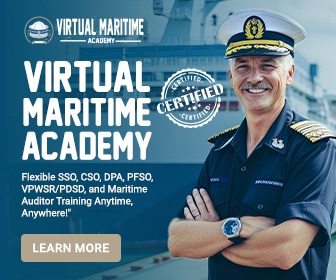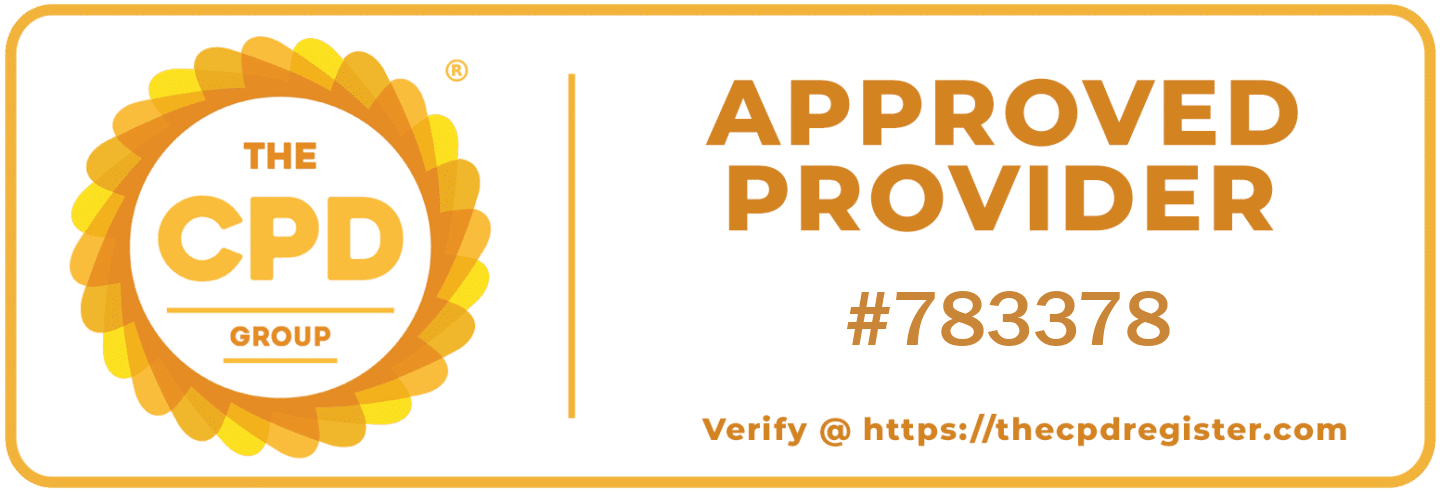Maritime safety regulations are crucial for preserving life at sea, protecting the marine environment, and safeguarding shipping assets. Compliance with these regulations ensures safe and efficient maritime operations. This article explores the various aspects of ensuring compliance with maritime safety regulations and the measures that shipowners, operators, and authorities must take.
Understanding Maritime Safety Regulations
Maritime safety regulations are a set of international, national, and local rules that govern ship design, construction, equipment, crew qualifications, and operational procedures. These regulations aim to minimize maritime accidents, prevent pollution, and enhance the overall safety of maritime operations. Key regulatory frameworks include the International Safety Management (ISM) Code, the International Convention for the Safety of Life at Sea (SOLAS), and the International Convention for the Prevention of Pollution from Ships (MARPOL).
Implementing Safety Management Systems
A robust Safety Management System (SMS) is fundamental to ensuring compliance with maritime safety regulations. An SMS integrates safety policies, procedures, and practices into daily operations. It provides a structured framework for identifying hazards, assessing risks, and implementing control measures. The ISM Code mandates that shipowners and operators establish and maintain an SMS tailored to their specific operations, ensuring continuous improvement in safety performance.
Regular Training and Certification
Regular training and certification of crew members are essential components of maritime safety. All seafarers must undergo rigorous training and obtain necessary certifications to perform their duties competently. Training programs should cover various aspects of ship operations, emergency response, and safety protocols. Continuous professional development ensures that crew members remain updated with the latest safety practices and regulatory requirements.
Routine Inspections and Audits
Regular inspections and audits are critical for verifying compliance with maritime safety regulations. Both internal and external audits evaluate the effectiveness of the SMS and identify areas for improvement. Port state control (PSC) inspections, flag state audits, and classification society surveys assess the seaworthiness of vessels and ensure adherence to regulatory standards. Maintaining detailed records and documentation is essential for demonstrating compliance during these inspections.
Effective Communication and Reporting
Effective communication and reporting mechanisms are vital for maritime safety. Transparent lines of communication between shipowners, operators, crew members, and regulatory authorities facilitate the timely exchange of information. Reporting systems for near-misses, incidents, and non-conformities provide valuable insights into potential safety hazards and areas for corrective action. Open communication fosters a safety culture where crew members feel empowered to report concerns without fear of retribution.
Technological Advancements in Maritime Safety
Technological advancements have significantly enhanced maritime safety and compliance. Automated systems, predictive analytics, and real-time monitoring tools enable proactive risk management. Equipment such as electronic chart display and information systems (ECDIS), automatic identification systems (AIS), and voyage data recorders (VDRs) improve navigation and safety. Integration of technology into maritime operations ensures adherence to safety regulations and enhances operational efficiency.
Continuous Improvement and Feedback
Continuous improvement is a cornerstone of maritime safety compliance. Regular feedback from audits, inspections, and incident investigations should be used to refine safety management systems and procedures. Lessons learned from past experiences drive the development of best practices and innovative solutions for emerging challenges. Commitment to ongoing improvement fosters a culture of safety and resilience within the maritime industry.
Ensuring compliance with maritime safety regulations requires a multifaceted approach involving robust safety management systems, regular training and certification, routine inspections, effective communication, and leveraging technological advancements. Continuous improvement and a proactive safety culture are essential for maintaining high standards of maritime safety and protecting life, property, and the marine environment.







